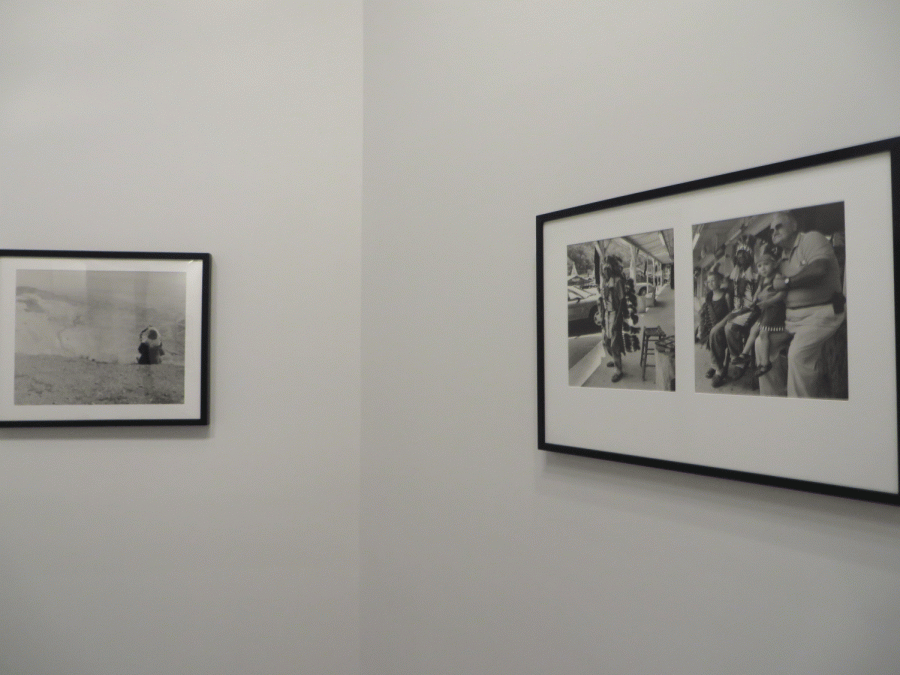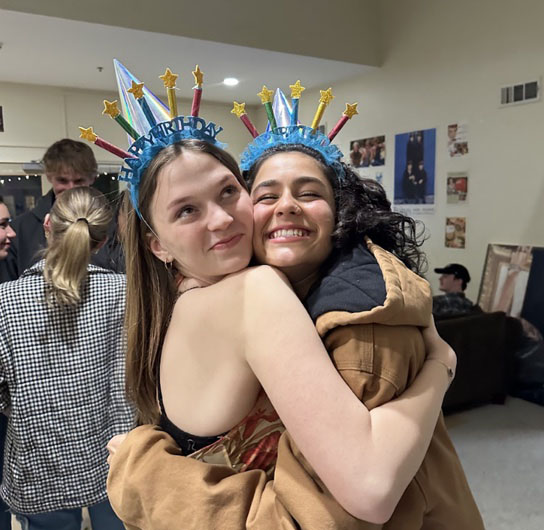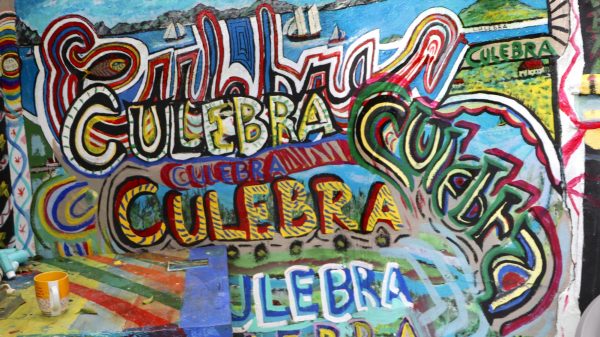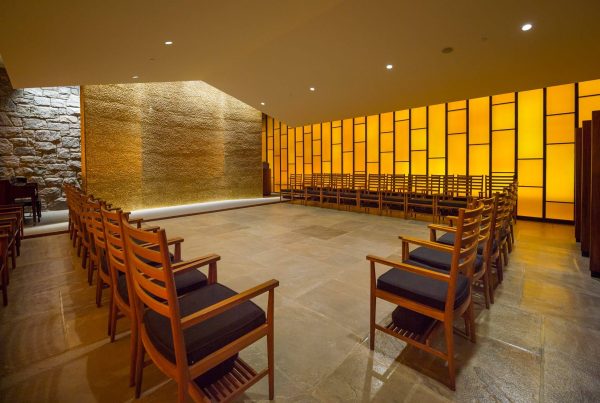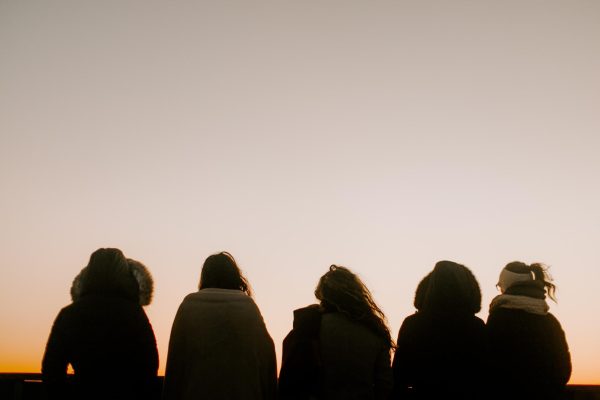Indigenous Artist Exhibit Leaves Mark on Students
This past Thursday afternoon, indigenous artists Shelley Niro, of the Mohawk tribe, and Hulleah J. Tsinhnahjinnie, of the Taskigi and Diné tribes, presented a lecture, titled “Hulleah + Shelley = Trouble: Solo and Duet” in Golden Auditorium. In their lecture, they spoke about their involvement in the exhibition “Our People, Our Land, Our Images: International Indigenous Photography,” which is currently on display in the Picker Art Gallery, as well as showcased their artwork and talked about their experiences with native art.
Niro spoke first, opening up about the difficulties she faced as an indigenous woman living in Canada. She spoke of the constant sense of fear that accompanied living in an area with so much unsolved crime against native people, and how she used art to cope with her own fear and to give herself and others hope for a safer future.
Lots of Niro’s artwork focuses on women in indigenous cultures. Niro said that she often thinks of the domestic abuse that happens on reserves and wonders at what point these cultures went from being matriarchal societies to places where women so often are abused. This spurred her to create a series of characters she thought would be good for women, called “Resting with Warriors.” This was an outdoor exhibit made up of life-sized characters made out of carved plywood. The characters represented characteristics such as intellect, spirit, emotion and many others – all things that Niro thought could make a woman strong. These characters were set up against trees at 45 degree angles, making it possible for viewers to lay on them, if they wished.
“I thought this exhibit, in particular, was really amazing. I think that activist art in general is really powerful, but having an interactive display that promotes female strength is, unfortunately, something you don’t see all that often,” sophomore Pauline Silsby said.
Tsinhnahjinnie then spoke about her work as the director of the C.N. Gorman Museum at the University of California, Davis, which is similar to the temporary indigenous art exhibition in Picker Art Gallery. She said that, because the Gorman Museum is private, they are able to be political and send a message with what they choose to display. For example, the museum’s last exhibition was on “Protest and Prayer,” in which they featured a lot of photography, including photographs from the occupation of Alcatraz Island.
Tsinhnahjinnie also spoke extensively and powerfully about her time at the Standing Rock Reservation in South Dakota. She has photographed the protest at Standing Rock, as well as many of the background events that happen as a result of the protest.
“Listening to Tsinhnahjinnie speak about her time at Standing Rock was really incredible. We so often hear about the protest on the news, but we don’t often hear about the community that has formed there. Her behind-the-scenes photography really humanized the protest for me,” sophomore Jessica King said.
Both artists were extremely well-received by the audience. For those interested in seeing their artwork, it will be displayed in the Picker Art Gallery until May 21.


